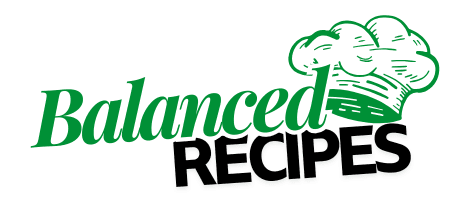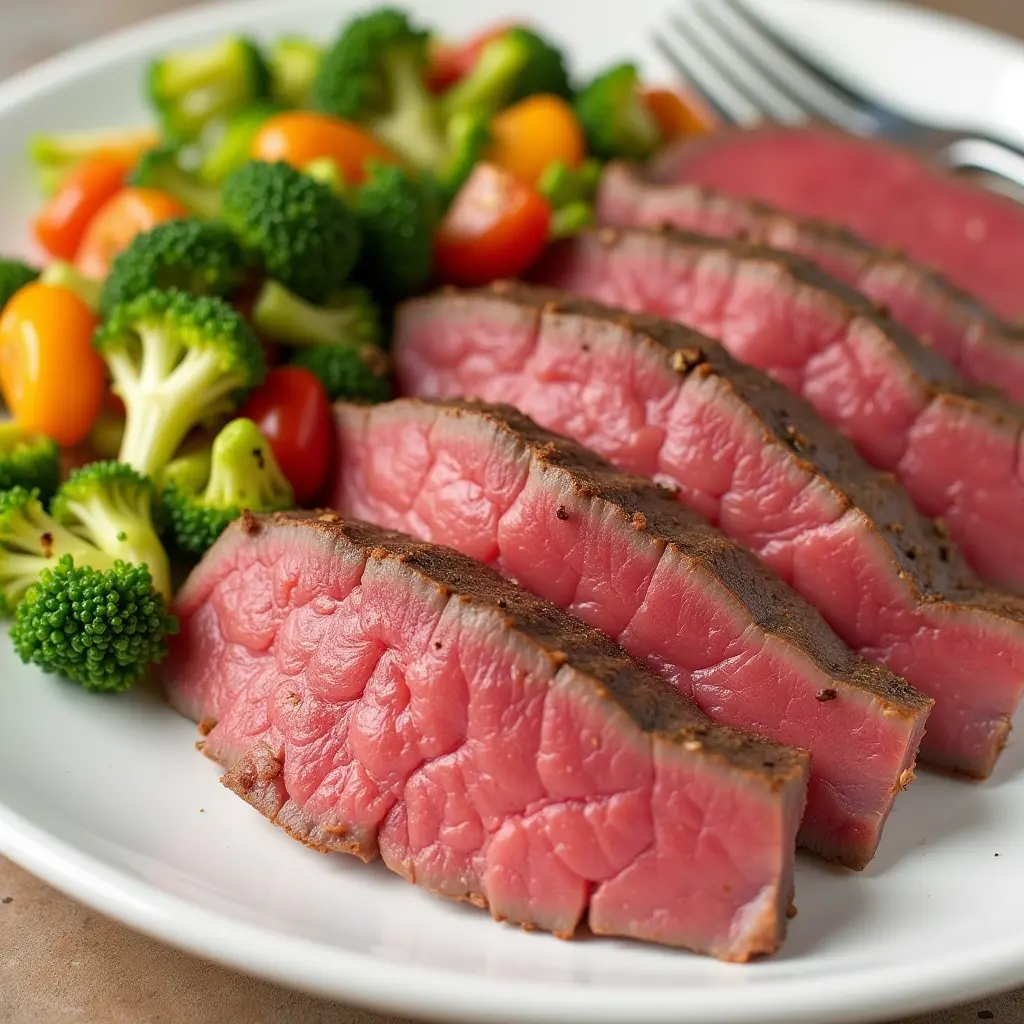How to Make Corned Beef
Growing up, the unmistakable aroma of corned beef simmering on the stove wasn’t just a signal that dinner was cooking—it was a reminder of family gatherings and celebrations. That tender, pink meat with its unique blend of spices becomes more than food when shared with loved ones—it transforms into tradition. The rich flavors and melt-in-your-mouth texture of properly prepared corned beef create an experience worth mastering, especially if you’ve only encountered the store-bought version until now.
Whether you’re preparing for St. Patrick’s Day festivities or simply craving this distinctive dish, understanding the techniques behind perfect corned beef will elevate your cooking repertoire. From selecting the ideal cut to perfecting the brining process, this guide walks you through everything you need to know about creating this beloved Irish-American classic in your own kitchen.
Table of Contents
What is Corned Beef? Understanding the Basics
Before diving into preparation techniques, let’s clarify what makes corned beef unique. The term “corned” has nothing to do with corn as you might imagine. Instead, it refers to the large grains or “corns” of salt historically used in the curing process. This preservation method dates back centuries, allowing meat to remain edible long before refrigeration existed.
Corned beef typically starts with brisket, a flavorful but naturally tough cut from the lower chest of cattle. The lengthy curing process transforms this challenging cut into something remarkably tender and distinctively flavored. Through brining—soaking in a solution of salt and spices—the meat undergoes both preservation and flavor infusion, developing its characteristic pink hue and distinctive taste profile.
Unlike regular roast beef or other beef preparations, corned beef features a distinctive salty-sweet-spiced flavor composition that’s instantly recognizable. The melding of aromatic spices like coriander, allspice, and mustard seeds creates a complex flavor palette that complements the rich beef perfectly.
The History of Corned Beef
Corned beef’s journey through culinary history reveals fascinating connections between necessity, immigration, and cultural adaptation. While many associate corned beef and cabbage with traditional Irish cuisine, this pairing actually developed primarily in America.
In Ireland, beef was historically expensive and rarely consumed by average citizens, who typically relied on pork products. When Irish immigrants arrived in America during the 19th century, particularly during the Great Famine, they discovered that beef—specifically brisket—was more affordable than back home. Meanwhile, Jewish butchers in urban neighborhoods offered this kosher-prepared meat, creating a cultural intersection that would forever change Irish-American cuisine.
These immigrants adapted their traditional cooking methods to this new protein source, often cooking it with cabbage because it was inexpensive and readily available. The resulting dish became synonymous with Irish-American identity, particularly as a celebration meal for St. Patrick’s Day. This evolution demonstrates how culinary traditions adapt to new environments and circumstances, creating entirely new cultural touchstones.
Selecting the Perfect Cut for Your Corned Beef
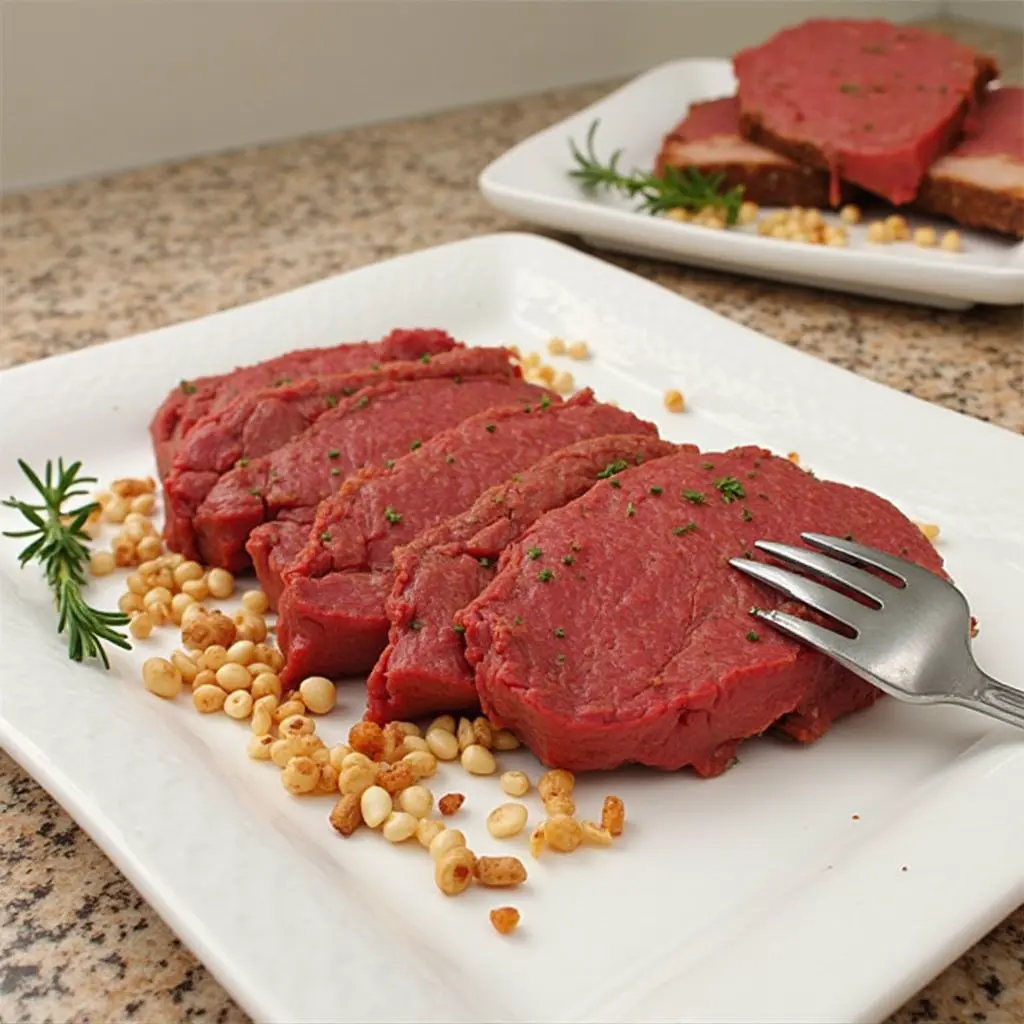
Your corned beef journey begins at the meat counter, where your selection significantly impacts the final result. Brisket, with its abundant connective tissue and fat marbling, remains the traditional and preferred cut for corned beef. However, not all brisket cuts are identical.
When shopping, you’ll encounter two primary options: the flat cut and the point cut. The flat cut (also called first cut) appears leaner and more uniform in shape, making it easier to slice neatly once cooked. The point cut contains more fat marbling, which translates to more flavor and tenderness, but results in less uniform slices. For beginners, the flat cut offers more forgiveness, while experienced cooks might prefer the richer point cut.
Quality indicators include:
- Vibrant color (in pre-brined versions)
- Visible marbling without excessive fat caps
- Thickness of at least 1.5 inches
- Weight proportional to your gathering (about ½ pound per person)
When choosing between pre-packaged corned beef and starting from scratch with plain brisket, consider your time commitment and flavor priorities. Pre-packaged options offer convenience but less control over sodium levels and spice profiles.
Store-Bought vs. Homemade Corned Beef Brine
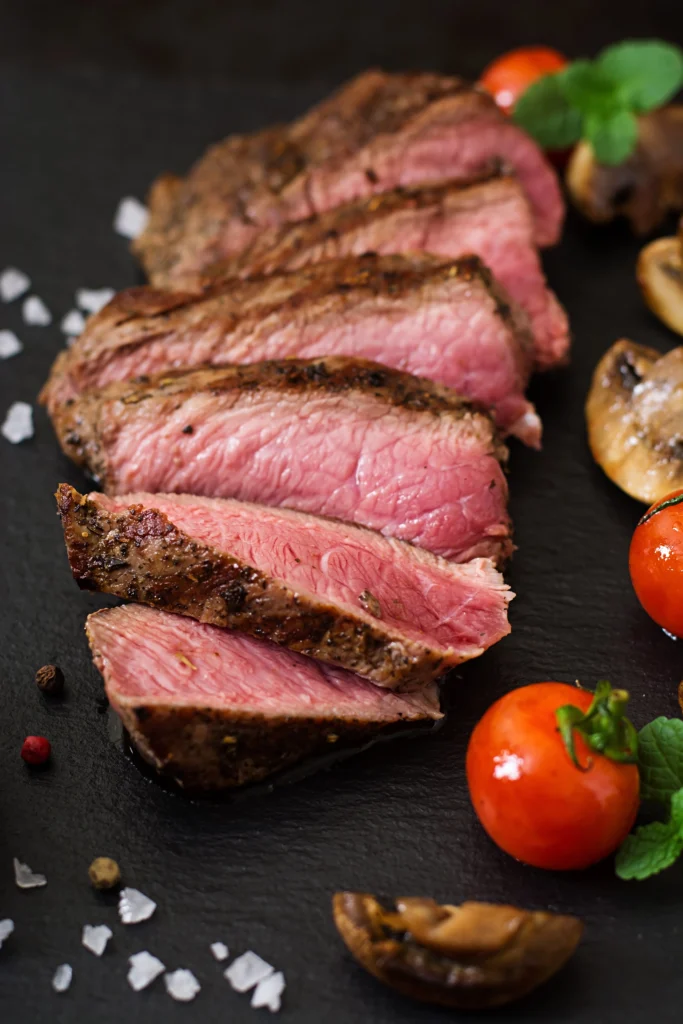
The decision between purchasing pre-brined corned beef or creating your own from scratch depends on several factors. Store-bought versions certainly save time—they’ve already undergone the 5-10 day brining process and come ready to cook. They also include pre-measured spice packets that eliminate guesswork.
However, crafting your own brine offers distinct advantages that many home cooks find worthwhile:
- Complete control over sodium levels (commercial versions often contain extremely high salt content)
- Customizable spice profiles tailored to your preference
- Avoidance of preservatives like sodium nitrate (if desired)
- Satisfaction of creating something truly from scratch
- Ability to select higher-quality, organic, or locally sourced meat
The time investment for homemade brining requires planning ahead—you’ll need 5-10 days of refrigerated curing before cooking day arrives. This advance preparation becomes part of the tradition for many households, with the anticipation building as the meat transforms in your refrigerator.
Essential Ingredients for Perfect Corned Beef
The Brine Components
| Ingredient | Amount | Purpose |
| Kosher salt | 1 cup | Primary curing agent |
| Pink curing salt | 1 tablespoon | Preserves color and prevents bacteria |
| Brown sugar | ¼ cup | Balances saltiness |
| Whole black peppercorns | 2 tablespoons | Adds gentle heat |
| Mustard seeds | 2 tablespoons | Provides mild tang |
| Coriander seeds | 1 tablespoon | Contributes citrusy notes |
| Bay leaves | 3 leaves | Adds subtle herbal flavor |
| Cinnamon stick | 1 stick | Contributes warmth |
| Whole cloves | 8-10 cloves | Adds aromatic depth |
| Allspice berries | 8-10 berries | Provides complex spice notes |
| Fresh garlic | 5 cloves | Enhances overall flavor |
| Cold water | 1 gallon | Base liquid for brine |
The Cooking Ingredients
| Ingredient | Amount | Purpose |
| Brined beef brisket | 4-5 pounds | Main protein |
| Yellow onion | 1 large | Flavors cooking liquid |
| Carrots | 3 medium | Adds sweetness |
| Celery | 3 stalks | Provides aromatics |
| Garlic | 5 cloves | Enhances flavor |
| Bay leaves | 2 leaves | Adds herbal notes |
| Beer (optional) | 12 oz | Tenderizes and flavors |
| Water | As needed | Cooking liquid |
How to Make Corned Beef from Scratch
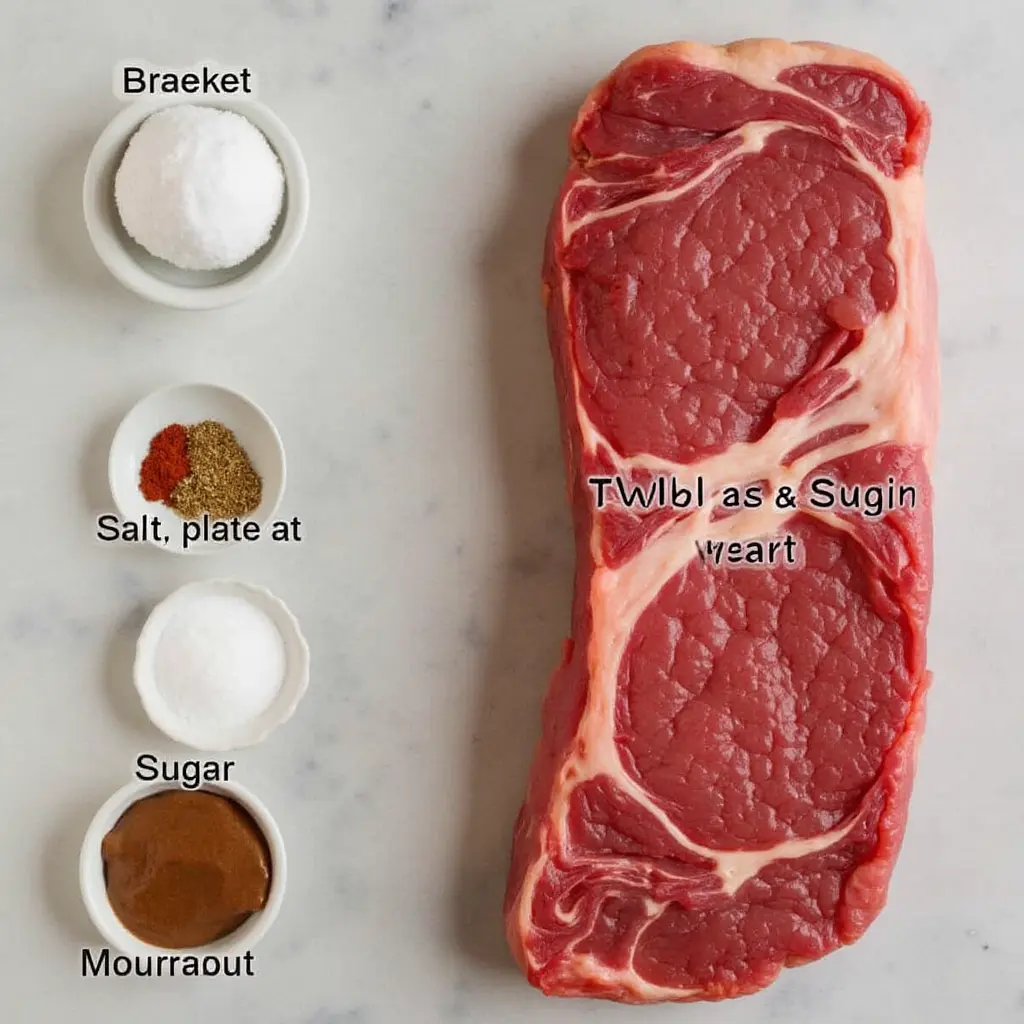
Making Your Own Brine
Creating your own corned beef begins with preparing the perfect brine. In a large, non-reactive pot (stainless steel, enamel, or glass), combine all dry ingredients from the brine component list. Add water and bring to a simmer, stirring to dissolve the salt and sugar completely. This heating step activates the flavors of the whole spices, releasing their essential oils into the solution.
After simmering for approximately 5 minutes, remove the brine from heat and allow it to cool completely. This cooling step is crucial—adding meat to warm brine could promote bacterial growth. For quicker cooling, consider submerging the pot in an ice bath or refrigerating the brine solution.
Once cooled, place your brisket in a brining container—either a large, sealable plastic bag or a non-reactive container with a lid. Pour the brine over the meat, ensuring complete submersion. If necessary, weigh the meat down with a plate to keep it fully immersed. Seal the container and refrigerate for 5-10 days, turning the meat daily to ensure even flavor distribution.
Cooking Your Corned Beef to Perfection
After the brining period concludes, remove your brisket from the solution and rinse thoroughly under cold water. This rinsing step proves essential for removing excess salt from the surface, preventing an overly salty final product.
Place the rinsed meat in a large pot—ideally one that allows the brisket to lie flat—and cover completely with fresh water or beer. Add your chosen aromatics from the cooking ingredients list, which will infuse additional layers of flavor during the slow cooking process.
Bring the liquid to a gentle boil, then immediately reduce to a simmer. Cover the pot and maintain this gentle simmer throughout the cooking period. As a general guideline, allow approximately 50 minutes of cooking time per pound of meat. The low, slow cooking method gradually breaks down the tough connective tissues, resulting in that signature fork-tender texture.
To test for doneness, insert a fork into the thickest part of the brisket—it should enter easily and twist with minimal resistance. When perfectly cooked, the meat maintains its structure while remaining tender enough to pull apart with modest pressure.
Three Foolproof Methods for Cooking Corned Beef
Traditional Stovetop Method
The classic stovetop approach gives you complete control over the cooking process. After placing your brined brisket in a large Dutch oven or stockpot with aromatics and liquid, bring to a boil before reducing to a bare simmer. The surface should show just occasional gentle bubbles, not vigorous boiling which would toughen the meat.
Keep the pot partially covered, checking periodically to ensure the meat remains submerged. If necessary, add additional water to maintain proper liquid levels. This method typically requires 3-4 hours for a 4-pound brisket, but always test for tenderness rather than relying solely on timing.
Once finished, remove the pot from heat and allow the meat to rest in its cooking liquid for at least 20 minutes before slicing. When ready to serve, transfer to a cutting board and slice against the grain in ¼-inch thick pieces to maximize tenderness.
Slow Cooker Corned Beef
For busy households, the slow cooker method offers unparalleled convenience. Place your rinsed corned beef fat-side up in the slow cooker, add aromatics, and pour in enough liquid (water, broth, or beer) to come about ¾ up the sides of the meat.
Set your slow cooker on low for 8-10 hours or high for 4-5 hours. This hands-off approach allows you to start the cooking process in the morning and return to a perfectly tender meal in the evening. Add cabbage wedges and carrot chunks during the final 2 hours of cooking if you’re creating a complete one-pot meal.
The slow cooker’s gentle, consistent heat breaks down connective tissues beautifully, often resulting in the most tender version of corned beef with minimal effort. The trade-off is slightly less control over the final texture.
Pressure Cooker/Instant Pot Method
For those seeking efficient results without sacrificing quality, pressure cooking transforms the hours-long process into a much quicker affair. After rinsing your corned beef, place it on the trivet inside your pressure cooker along with aromatics and about 4 cups of liquid.
Secure the lid and cook on high pressure for approximately 90 minutes for a 4-pound brisket, followed by a 15-minute natural pressure release. This method reduces cooking time by approximately 70% compared to traditional methods while still achieving remarkable tenderness.
One advantage of pressure cooking is the ability to quickly cook vegetables afterward. Once the meat is done and resting, add cabbage, carrots, and potatoes to the remaining liquid and pressure cook for just 3-5 minutes for a complete meal with minimal additional effort.
Pairing Perfect Side Dishes with Corned Beef
Traditional Accompaniments
No corned beef discussion would be complete without addressing its classic partner—cabbage. For best results, cut a head of green cabbage into 8 wedges, keeping the core intact to hold each wedge together. These can be simmered in the corned beef cooking liquid for 10-15 minutes until tender-crisp, absorbing the savory flavors of the broth.
Potatoes served alongside corned beef traditionally take one of two forms: either small whole red potatoes boiled until fork-tender, or larger potatoes peeled and cut into chunks. Both varieties benefit from cooking in the meat broth, which infuses them with rich flavor.
For a more complete traditional plate, consider glazed carrots tossed with fresh dill and a touch of honey, providing sweet contrast to the savory meat. And no Irish-inspired meal feels complete without fresh-baked Irish soda bread, which serves perfectly for sopping up any remaining juices on your plate.
Modern Twists on Classic Sides
Contemporary takes on corned beef accompaniments include colcannon—a luxurious Irish potato dish incorporating kale or cabbage folded into buttery mashed potatoes. The contrasting textures and complementary flavors make this an outstanding partner to sliced corned beef.
Roasted root vegetables offer another delicious option, with parsnips, turnips, and carrots tossed in olive oil, thyme, and rosemary before roasting until caramelized. The sweetness developed through roasting balances perfectly with the savory, salty qualities of the meat.
Brussels sprouts fried with bacon bits until crisp-edged provide an elevated accompaniment rich in flavor and textural contrast. For those seeking a more indulgent experience, consider serving beer-cheese sauce alongside for dipping both the meat and vegetables.
Solving Common Corned Beef Problems
Troubleshooting Tips
Despite your best efforts, corned beef occasionally presents challenges. If your meat turns out excessively salty, several remedies exist. For future batches, ensure thorough rinsing after brining and consider reducing brining time. For already-cooked salty meat, slicing it thinner and pairing with less-seasoned sides can help balance the overall dish.
If toughness plagues your corned beef, insufficient cooking time is the likely culprit. Unlike many meat cuts that become dry when overcooked, corned beef brisket requires long, slow cooking to break down connective tissues. Return tough meat to a low simmer for additional time, checking periodically until fork-tender.
Bland flavor usually indicates insufficient brining time or diluted seasoning. Enhance already-cooked corned beef by serving with a zesty mustard sauce or horseradish cream to add flavor dimension. For future preparations, consider increasing aromatic quantities in your brine or cooking liquid.
Creative Ways to Use Leftover Corned Beef
Leftover corned beef transforms wonderfully into multiple second-day dishes. Classic corned beef hash combines chopped meat with diced potatoes and onions, pan-fried until crispy and often topped with fried eggs for a hearty breakfast.
The iconic Reuben sandwich layers thinly sliced corned beef with Swiss cheese, sauerkraut, and Russian dressing between slices of rye bread, then grills until melty and golden. For a modern twist, consider corned beef tacos with creamy coleslaw and pickled jalapeños, offering a fusion approach to leftovers.
Morning frittatas welcome diced corned beef alongside sautéed potatoes and bell peppers under a blanket of eggs and cheese, creating a protein-rich breakfast that satisfies until lunch.
Nutrition Information and Dietary Considerations
| Nutrient | Amount per 3oz Serving | % Daily Value |
|---|---|---|
| Calories | 213 | – |
| Protein | 15g | 30% |
| Fat | 16g | 24% |
| Sodium | 827mg | 36% |
| Iron | 1.8mg | 10% |
Corned beef’s nutritional profile reveals it as protein-rich but also high in sodium—an important consideration for those monitoring salt intake. To create a lower-sodium version, extend the rinsing process after brining and consider reducing salt quantities if preparing your own brine.
When incorporating corned beef into meal plans, reasonable portion control helps manage its caloric impact. The recommended serving size of 3-4 ounces pairs well with vegetable-forward sides for a balanced approach.
For those following specific dietary approaches, corned beef fits into low-carbohydrate and ketogenic eating patterns. However, its sodium content makes it less suitable for low-sodium diets unless specifically prepared with reduced salt methods.
Conclusion: Mastering the Art of Corned Beef

Creating perfect corned beef at home represents both culinary achievement and connection to tradition. The transformation of tough brisket into fork-tender, flavor-infused meat demonstrates the magic that patience and proper technique bring to cooking. Whether you choose the convenience of store-bought corned beef or embark on the complete from-scratch journey, understanding the fundamental principles ensures outstanding results.
The rewards extend beyond the dinner table. Mastering this classic prepares you for countless variations and inspires exploration of other preservation techniques. Consider documenting your process and results, adjusting seasonings and methods until you develop your signature version that may become your own family tradition.
We’d love to hear about your corned beef experiences! Share your favorite preparation methods, family traditions, or creative leftover ideas in the comments below. Your insights might help fellow cooks discover new approaches to this beloved classic.
